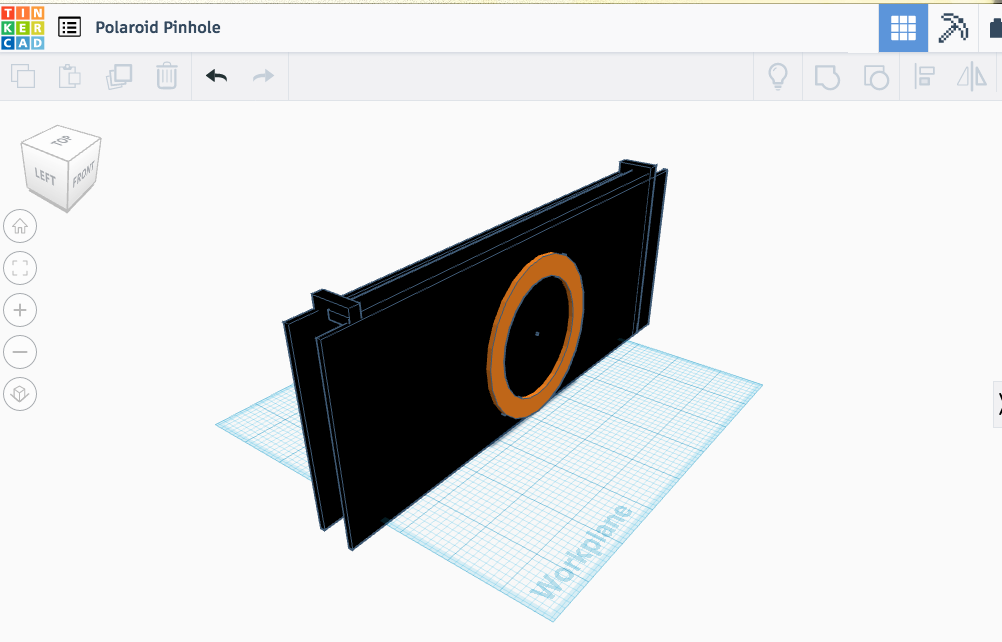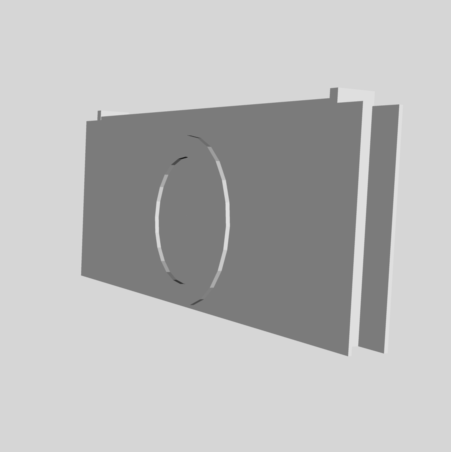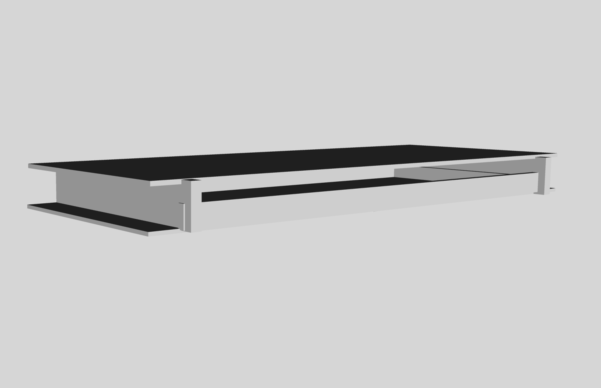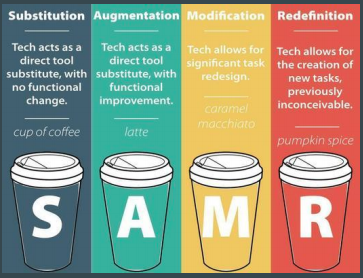For my 3D modeling/printing project, I created a pinhole camera that is the correct size for holding a 3.5 x 4 instant film. I made the design fairly simple, and was surprised at how much work it actually was to get all the measurements correct and line up all the parts. I am not a 3 dimensional artist typically, so this is sort of out of my wheelhouse. However, the program Tinkercad.com made it fairly simple and easy to figure out without too much...tinkering (pun intended). I did run into a few snags, I wasn't sure why my 3D model was showing up so large on the workspace, but it seemed that any kinks or quirks were easily solved. I didn't get a chance to actually print my design, so I would love to see if it actually works. I left a slot open on the top to insert the piece of instant film, and I left a tiny pinhole (about .24 mm) open in the front at the center of the circular tube that is basically there for decoration. Those would need to be covered with some black photographic tape to block out the light. Pinhole cameras are pretty simple in their design, but take some finagling to figure out the correct measurements and time for a good exposure.
As a teacher, I wanted to create something that would be relatively simple for students to create, but put their own twist on. I also was interested in making an artistic tool that could be used to create more art in the future. I really love the idea of functional art in general, and the function to create more art is even better. Creating something from scratch using the technology we have today really redefines the way we are making art in the classroom. I feel that these tools can really take art into a new level that marries the separated worlds of learning. This type of project really has elements of STEAM - science, technology, engineering, art and math. With pinhole cameras, that can also include elements of narrative and visual storytelling. It is truly a new world we are living in and the art classroom, I feel, should be the basis of all aspects of education.








